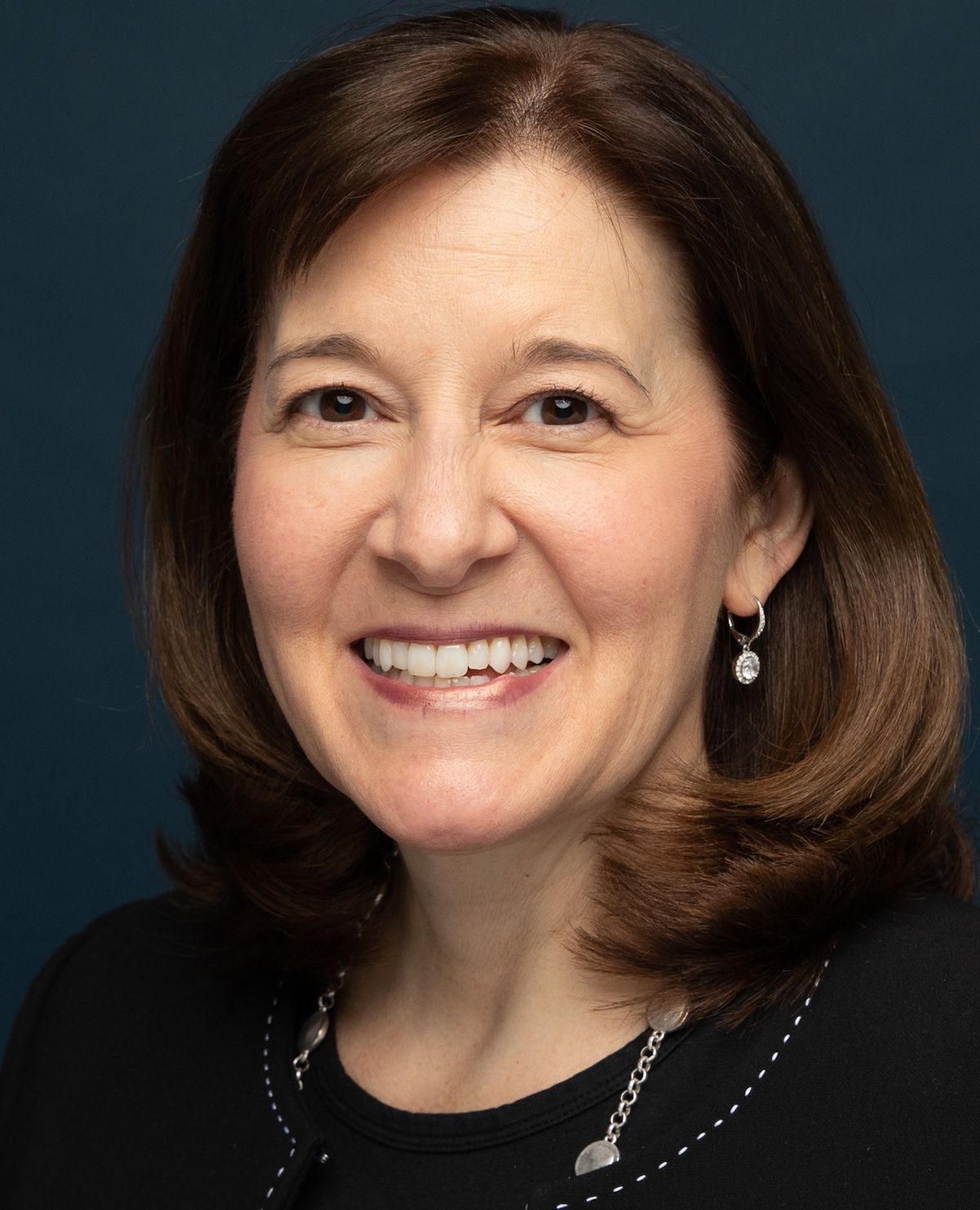Article
Digital automation: A must for PCPs to win
Author(s):
Online options are convenient for patients and even can lead to better in-person care.
Most primary care physicians (PCPs) and clinicians went into medicine because they wanted to deliver personal, family-oriented care to their communities. They are passionate about their work and prioritize spending quality time with patients to maximize health outcomes. But today’s primary care climate is changing, challenging PCPs to do more with less while facing competition from nontraditional players.
Patty Riskind, MBA
Orbita

Big-box retailers have rushed into the primary care space, attracting patients with convenient locations, easy scheduling, and low costs. Retailers such as CVS, Walgreens, Walmart, Best Buy, and Dollar General now offer primary care services – from flu shots to treating earaches. In addition, concierge medicine is on the rise, both for the elite (e.g., $3,000/patient fees) and for the masses (e.g., One Medical, now owned by Amazon, offering access to PCPs and OB/GYNs for $144/patient). How does the general practitioner/internist compete?
Improving patient access
To stay in the game, primary care practices must embrace digital automation. To start, a practice needs a website that is easy to navigate. An effective website quickly provides answers to patients’ questions and allows for self-scheduling, eliminating the need for a patient to call the practice.
Leveraging conversational artificial intelligence (AI) as part of a website’s search prompts an interaction to help patients articulate exactly what their issue is. This ensures that patients are directed to the appropriate setting to address their needs (e.g., could this issue be addressed through a tele-visit? Should the patient go to urgent care or the emergency room?) The “conversation,” prompted from a search bar or a chatbot on the website, guides patients to the right information and appropriate care; no more calling the practice or playing telephone tag, thereby reducing the likelihood of abandonment and churn.
Automating routine tasks to relieve overburdened staff
Digital automation can likewise free up staff traditionally tasked with making phone calls or sending letters to patients by automating outreach through email, text, and interactive voice response (IVR). Automated outreach for scheduling annual physicals, flu shots, and vaccinations not only enhances loyalty to the practice, but also ensures preventive care is more consistent. This proactive outreach further reduces no-shows, enhances patient engagement and accountability, and can increase revenue for the practice: A physician can see more patients.
Automating intake is another way to help PCPs reduce administrative time and increase patient care time. Digital outreach for completing intake forms (e.g., medical history) or to remind patients about prerequisite actions (e.g., to fast before their visit for a blood test) saves the provider and patient time before the visit and often results in more efficient in-office visits.
Self-scheduling as a major plus for patients
Scheduling is often a hassle for providers and patients alike. Digital solutions make it easier for patients to schedule appointments that align with their hectic schedules while accommodating the availability of a busy practice. Today, interactive virtual assistants can integrate with a practice’s scheduling system and incorporate algorithms to route patients based on the practice’s preference. For example, they can schedule physicians with greater availability first, direct patients to a telehealth visit vs. in-person appointment, or see a mid-level practitioner or nurse within the practice if the condition doesn’t warrant a physician’s intervention.
Recent survey data showed 45% of young adults and 36% of the overall population favor online scheduling. Those practices that do not offer self-scheduling and force patients to play telephone tag are more apt to lose patients to a more convenient option, such as a retail clinic.
In addition, self-scheduling tools can equip patients to easily cancel or reschedule their appointments without having to call the practice. The technology can also manage a wait list to alert both staff and patients when a cancellation occurs to better accommodate availability.
Digital-first, not digital-only, positions PCP practices for success
Some PCPs may worry that a digital-first approach removes the human touch. But digital-first does not have to mean digital-only. In fact, using more automated tools will likely allow a practice to redirect effort and energy to face-to-face time with patients.
In today’s changing primary care market, a comprehensive digital-first strategy is needed to compete and to keep up with patient expectations. Automation will help contribute to a better overall primary care experience for both PCPs and their patients.
Patty Riskind, MBA, is a dynamic health care tech leader and currently serves as CEO of Orbita. She also held leadership positions as head of global healthcare with Qualtrics and chief client experience officer for Press Ganey. She received her bachelor’s from Brown University and earned her master’s degree in business administration from the Kellogg School of Management at Northwestern University.





